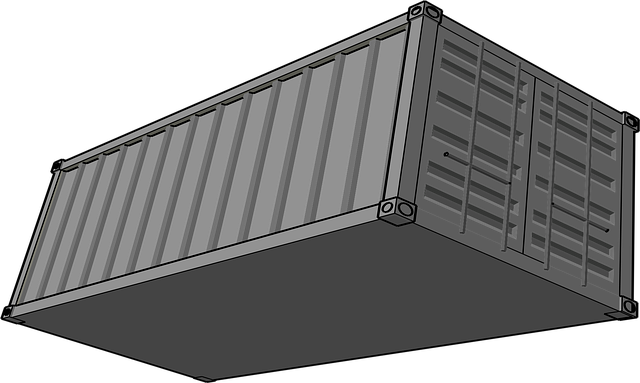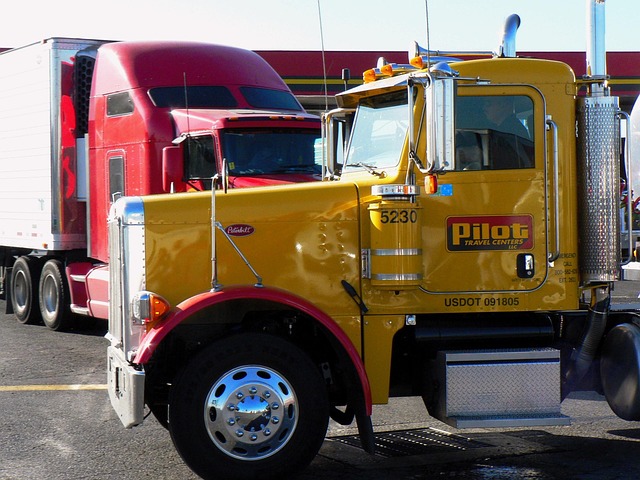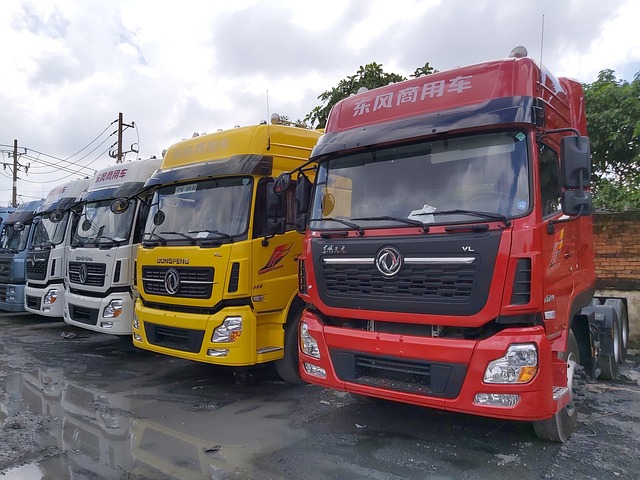Register Car California: Step-by-Step DMV VIN Verification Guide
Looking to register your car in California? This comprehensive guide walks you through the entire process, from understanding eligibility requirements to securing your license plate. First, ensure you…….

Looking to register your car in California? This comprehensive guide walks you through the entire process, from understanding eligibility requirements to securing your license plate. First, ensure your vehicle meets state standards with a simple DMV VIN verification, a crucial step before gathering essential documents for your visit. Then, complete the application process, pay fees, and embrace the road with confidence.
- Understand Eligibility Requirements for Car Registration
- Gather Necessary Documents for DMV Visit
- Perform Vehicle Identification Number (VIN) Verification
- Complete Application Process at the DMV Office
- Pay Registration Fees and Receive Your License Plate
Understand Eligibility Requirements for Car Registration

Before you begin the registration process, it’s crucial to understand the eligibility requirements set by the California Department of Motor Vehicles (DMV). To register your car, your vehicle must meet certain criteria, including being legally imported and compliant with emission standards. The DMV conducts a Vehicle Identification Number (VIN) verification as part of this process to ensure the vehicle’s authenticity and history. This step is vital in preventing fraud and ensuring road safety.
A valid VIN inspection is required for registration, and you can facilitate this through various methods. While traditional VIN inspections at a DMV office are common, many residents opt for a mobile vin verifier or conduct the check themselves using online resources. These alternatives provide convenience and flexibility, allowing you to perform a dmv vin verification from the comfort of your home or on-the-go.
Gather Necessary Documents for DMV Visit

Before heading to the DMV, ensure you have all the required documents for a smooth car registration process. This includes your vehicle’s registration application (form DV305), which can be obtained online or in person from the California DMV. Additionally, bring along the title of ownership, proof of insurance, and identification documents such as a valid driver’s license or state-issued ID card.
A key step in this process is undergoing a DMV VIN verification, which requires you to provide the vehicle identification number (VIN) of your car. This can be done through a mobile vin inspection or mobile vin verification service, making it more convenient for busy individuals who prefer not to wait at the DMV. By taking care of these preliminary steps, you’ll be well-prepared to complete the car registration process efficiently.
Perform Vehicle Identification Number (VIN) Verification

Before you can register your car in California, it’s crucial to have a clear understanding of the vehicle’s history and authenticity, which starts with performing a Vehicle Identification Number (VIN) verification. This process is essential for ensuring that the car you’re registering is not stolen or has any outstanding issues. You can do this through a mobile vin verifier or even arrange for a mobile vin inspection to get started conveniently.
The California Department of Motor Vehicles (DMV) recommends utilizing these services to cross-reference the VIN with national databases, confirming the vehicle’s identity and condition. This step is particularly important when purchasing a used car, as it helps protect you from potential fraud or undisclosed damage. A simple mobile vin verification can go a long way in ensuring a smooth registration process without any surprises down the road.
Complete Application Process at the DMV Office

To complete the car registration process in California, you’ll need to visit a local Department of Motor Vehicles (DMV) office. Bring all required documents, including proof of identification and vehicle ownership. The DMV will conduct a thorough inspection, which includes a DMV VIN verification of your vehicle’s unique identifier—the Vehicle Identification Number (VIN). This step is crucial as it ensures the car’s history aligns with the information provided.
During the visit, you’ll fill out an application, providing details about your vehicle and personal information. A vin inspection is typically conducted on-site, where a DMV agent will cross-reference the VIN with national databases to check for any outstanding issues or reported thefts. If everything checks out, you can proceed with the registration, including payment of the applicable fees. Consider using services like a mobile vin verifier for added convenience if you’re unable to visit a DMV office in person.
Pay Registration Fees and Receive Your License Plate

After completing your vehicle’s registration application at the DMV or online, the next step is to pay the registration fees. These fees vary based on the type of vehicle and its age. You can typically make the payment using a credit card, debit card, or check. Once processed, you’ll receive your license plate – a crucial component for legally operating your vehicle on California’s roads.
Remember, before you take your car off the lot or out on the open road, ensure your DMV VIN verification is complete and accurate. This process involves checking your vehicle identification number (VIN) to confirm the vehicle’s history, ensuring it meets safety standards, and confirming there are no outstanding issues that could impact registration or insurance. Some even opt for a mobile VIN verifier for added convenience during this step.
Registering a car in California involves understanding eligibility requirements, gathering essential documents, completing a VIN verification through dmv vin verification, and paying registration fees. By adhering to these steps and ensuring all necessary paperwork is in order, you can smoothly navigate the process at your local DMV office. Remember, proper vehicle registration not only ensures legal compliance but also contributes to safer California roads for everyone.







